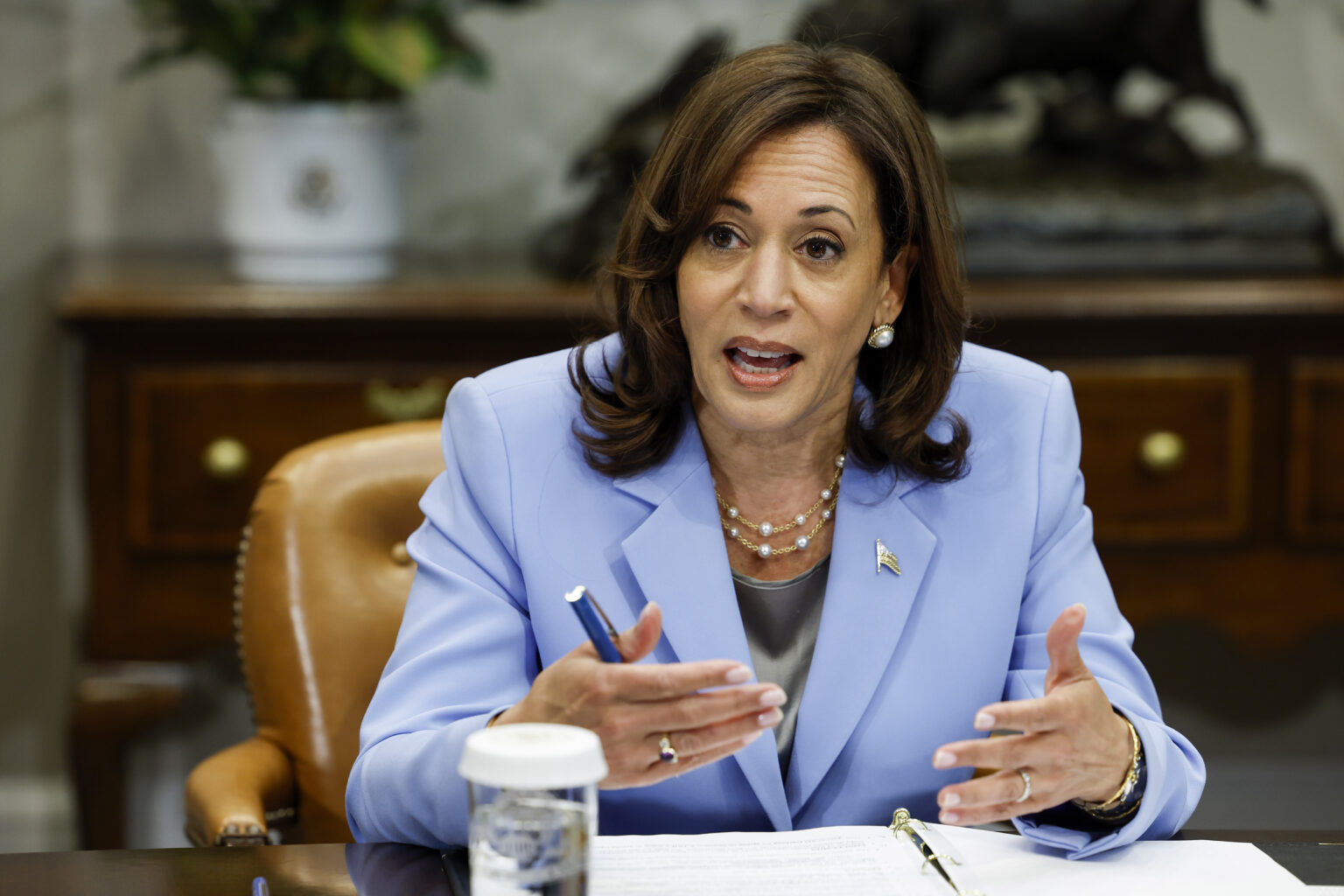Building on the foundation left by her predecessor President Joe Biden, Democratic presidential candidate Kamala Harris has proposed quadrupling the excise tax on stock buybacks, from 1% to 4%.
The Inflation Reduction Act of 2022, signed into law by President Biden, introduced a 1% excise tax on all corporate buybacks. Besides raising tax revenue, the excise tax aims to encourage companies to reinvest profits into innovation, wages, or capital improvements.
The 2017 Tax Cuts and Jobs Act lowered corporate tax rates, leaving many companies with large sums of excess cash. The surplus kicked off a stock buyback mania on Wall Street.
Harvard Business Review notes that in 2018, companies in the S&P 500 spent a combined $806 billion in stock buybacks. That topped the previous record, set in 2007, by more than $200 billion.
Stock buybacks became a prominent corporate practice in the 1980s after the Securities and Exchange Commission (SEC) passed Rule 10b-18. 10b-18 allowed companies to repurchase their shares without being classified as stock manipulation.
Prior to Rule 10b-18, companies buying their own shares was viewed as artificially inflating stock prices. Stock buybacks reduce shares available in the free market, tightening supply, increasing the remaining shares’ price point.
Buybacks are one of two ways companies reward shareholders, the second being paying shareholders dividends. While both methods return value to shareholders, the full amount of dividends is taxable.
For buybacks, however, only realized capital gain — the difference between sales price and purchase price on shares sold — is taxable. Given this tax advantage, it comes as no surprise that companies have chosen the route less taxed.
While shareholders, corporate executives, and wealthy investors benefit from buybacks, the company, employees, and economy suffer from it. Harvard Business Review reported that 30% of corporations fund the buybacks with corporate bonds, creating concern that corporate debt makes the economy susceptible in insolvency during economic pullbacks.
Buybacks are also a drain on corporate treasuries. Instead of improving infrastructure, expanding operations, increasing employee wages, or investing in research and development (R&D), companies choose to boost short-term stock prices.
A 2018 report from Roosevelt Institute found that, over the previous 15 years, firms funneled 94% of profits to shareholders in the form of buybacks or dividends.
The 1% buyback tax imposed by President Biden did not have the intended effect of discouraging companies from stock buybacks. A report from Goldman Sachs showed that stock buybacks increased 14% in 2023 to $815 billion. Goldman analysts predict another 13% increase to $925 billion this year, followed by a 16% rise to $1.07 trillion in 2025.
Harris’s proposal to raise the excise tax to 4% is designed to discourage corporations from handing profits over to shareholders. Instead, they may be more incentivized to invest profits more in productive areas, such as employee wages or innovation.
When Pres. Biden first proposed the increase in 2023, nonprofit, right-of-center Tax Foundation estimated the 4% excise tax would raise $185 billion.
The figure still stands, even as companies have shown a disregard for the 1% excise tax already implemented. Many business groups and conservative lawmakers argue that buybacks are a legitimate way for companies to bring value to investors. They argue that an excise tax increase could lead to less corporate flexibility, potentially hurting stockholders and retirement accounts, which are invested in the stock market.
However the proposed excise tax increase also encourages companies to reinvest in their employees and infrastructure while creating more jobs. A further perk is the increased tax revenue could fund social programs, infrastructure, or other public services.
Related: Ultra-Wealthy Push Back On Kamala’s Unrealized Gains Tax Proposal


